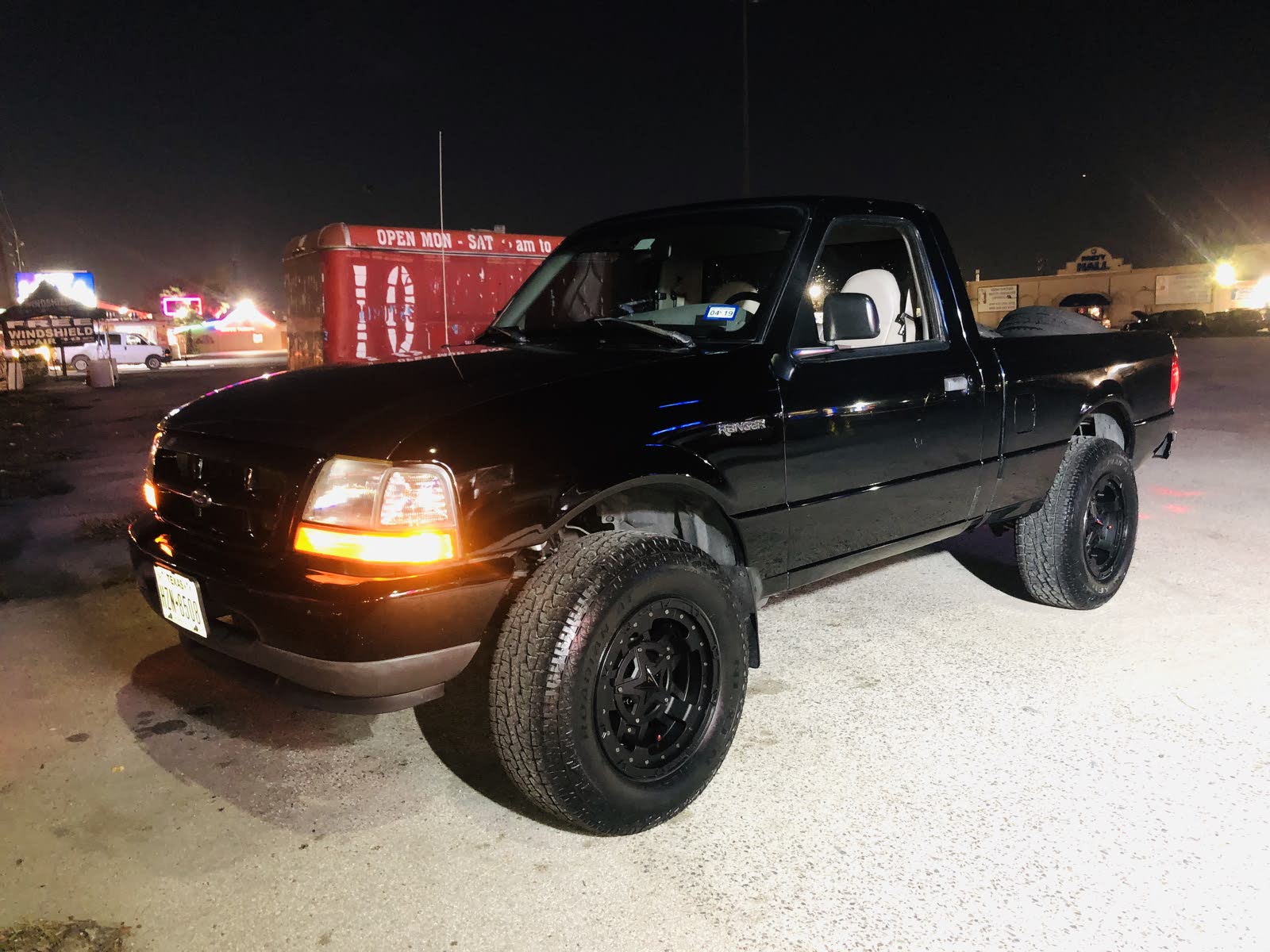

Ordinarily, this is a great idea, but not with a Ranger five-cylinder. The problems start when an owner (or a workshop without the right service bulletin) drains the Ranger’s oil and goes off to make a cup of tea or answer the phone while the oil drains. As such, it uses a chain-driven design that is not self-priming. See, the Ranger uses a variable-displacement oil pump, aimed at improving efficiency by not pumping more oil than is necessary at the time. But whatever you call it, being ignorant is going to cost you dollars, brain damage and maybe even an engine. Oddly enough, the biggest watch-out for Ranger owners is not exactly a fault, but more of a foible. There are plenty of Rangers out there now (it was launched here in 2011) and while it seems to be showing up as a low-aggro ownership proposition, there are still a few things you must know.

But another big part of its appeal is that big, 3.2-litre, five-cylinder engine that just makes towing less of a headache. The Ranger really hits a sweet spot for a lot of folks it’s not too big to use every day, its road manners are pretty good, and it has the on-paper towing capacity people are looking for. The grey nomads continue to make their mark and the availability of cheaper (albeit imported) camping gear has meant the big outback adventure is now a reality for a lot more Aussie families.īut what you’ll also notice is that an awful lot of those caravans and campers you see are being towed by the PX Ford Ranger. Take a look around an outback roadhouse, a remote-area camping site or any of the long, straight highways that make up Australia, and you’ll see that nobody is going broke making caravans or camper trailers right now.


 0 kommentar(er)
0 kommentar(er)
